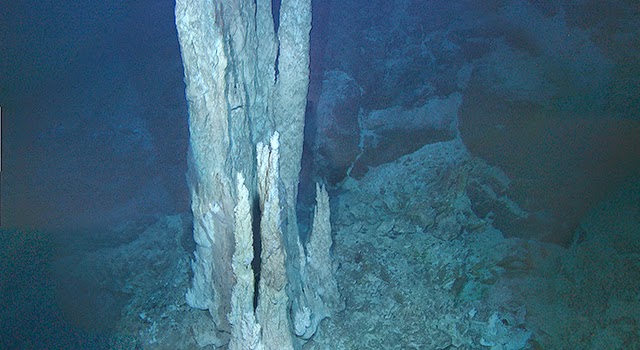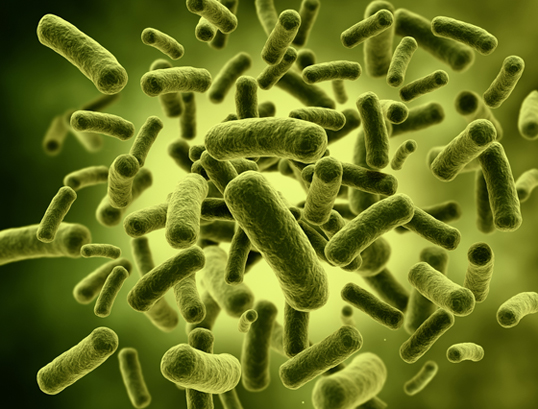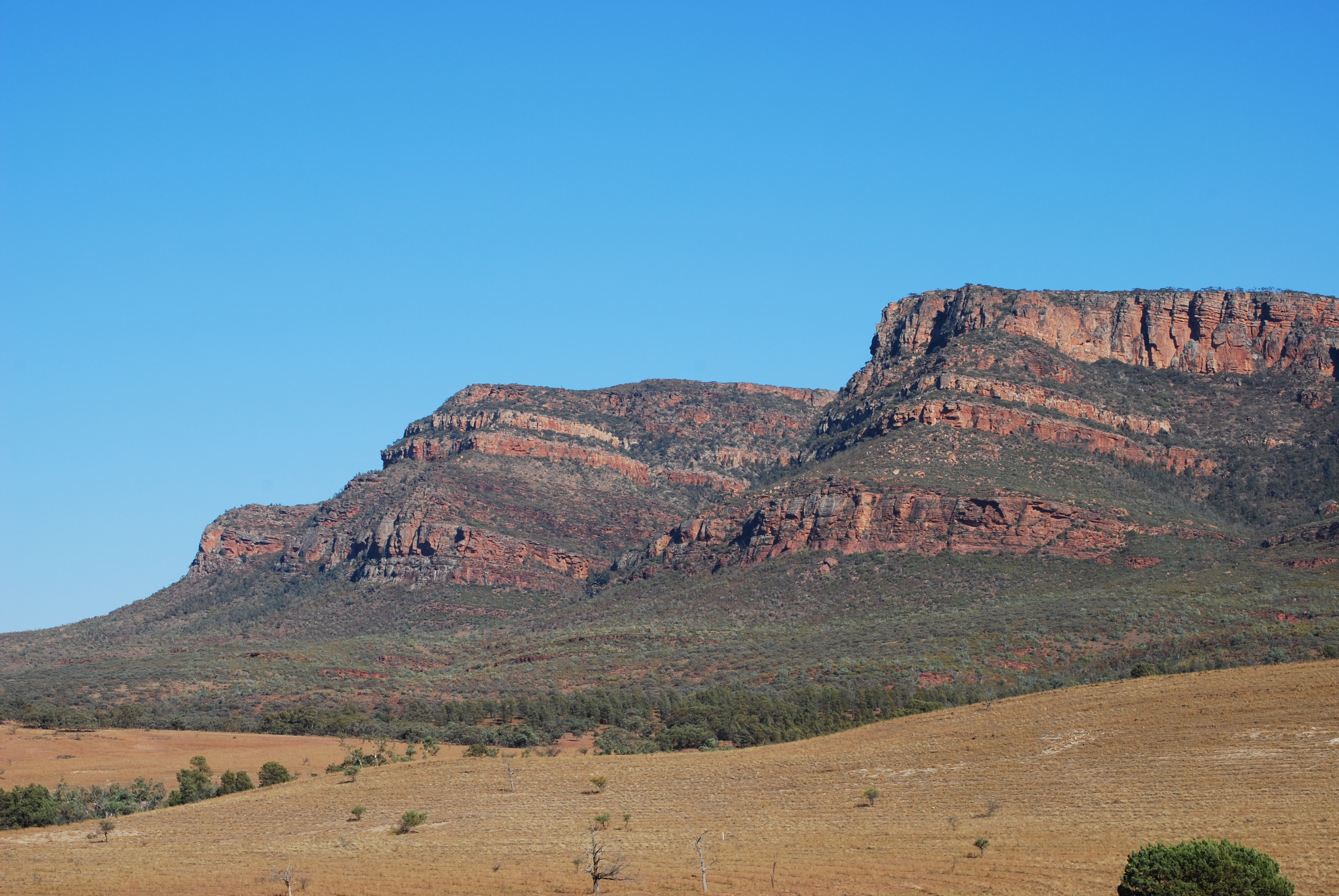
The Mars Science Laboratory Curiosity rover is currently exploring an ancient habitable environment at the base of Mt. Sharp in Gale crater. The diverse stratigraphic sections along Curiosity’s future traverse record multiple environmental transitions that can provide insights into global-scale processes and the evolution of early aqueous environments on Mars. To better interpret these complex mineral stratigraphies, it is critical to correlate the mineralogic transitions with morphology, texture, slope, and other aspects of the physical stratigraphy; such correlations can be made between orbital and rover-based imaging spectroscopy measurements. Quantitative visible to near-infrared (VNIR) data from Curiosity’s Mastcam instrument allows for broad distinctions between different iron mineralogies, oxidation states, and hydrated phases. Mastcam multispectral images can be used to map spectral diversity across a given outcrop in combination with textural information such as grain size, sedimentary structures, diagenetic features, and contact geometries. At distances of up to several kilometers, Mastcam observations can be correlated with the larger-scale stratigraphy, and used to enhance mineralogical and stratigraphic mapping made from orbit, such as from the Mars Reconnaissance Orbiter (MRO) Compact Reconnaissance Imaging Spectrometer for Mars (CRISM) and High Resolution Imaging Science Experiment (HiRISE) instruments. Here I will present an overview of the instrumentation, technique, and major results from Mastcam’s imaging spectroscopy investigation at Mt. Sharp, and correlations with HiRISE and CRISM data to interpret the aqueous alteration history. I will also discuss plans for imaging science with the Mastcam-Z instrument on NASA’s next rover, which will launch in 2020.
BIO: Dr. Melissa Rice is an Assistant Professor of Planetary Science at Western Washington University, where she has held a joint appointment in the Geology Department and the Physics & Astronomy Department since 2014. She received her Ph.D. from the Department of Astronomy at Cornell University in 2012, and was a NASA Astrobiology Institute Postdoctoral fellow at Caltech from 2012-2014. Her research focuses on the sedimentology, stratigraphy and mineralogy of Mars. She is a collaborator on the active Mars Exploration Rover Opportunity missions, a Participating Scientist on the Mars Science Laboratory rover mission, and a Co-Investigator for the Mastcam-Z investigation in development for the Mars2020 rover mission.
 Chemical Gardens, Chimneys, and Fuel Cells: Simulating Prebiotic Chemistry in Hydrothermal Vents on Ocean Worlds
Chemical Gardens, Chimneys, and Fuel Cells: Simulating Prebiotic Chemistry in Hydrothermal Vents on Ocean Worlds The Synthesis of an Artificial Genetic Polymer: From Small Molecules to Proto-Nucleic Acids
The Synthesis of an Artificial Genetic Polymer: From Small Molecules to Proto-Nucleic Acids Quantifying Constraints on Metabolic Diversity Patterns
Quantifying Constraints on Metabolic Diversity Patterns The Ecological Physiology of Earth’s Second Oxygen Revolution
The Ecological Physiology of Earth’s Second Oxygen Revolution